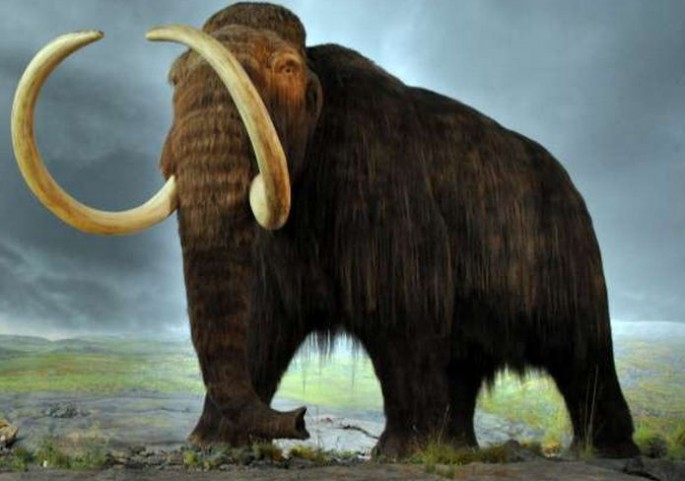Scientists from Harvard University announced their success in splicing DNA from the extinct woolly mammoth into living cells of an Asian elephant, making it possible to "de-extinct" the animal that died-off 4,000 years ago.
They successfully managed to insert genetic samples from the woolly mammoth into the code of an Asian elephant, the closest living relative of the extinct beast. The last known herds of woolly mammoths, which co-existed with early humans, went extinct on the Wrangel Island located in the Arctic Ocean.
The Harvard team said recreating the mammoth's genetic sequencing wasn't a very difficult job since DNA samples of woolly mammoths were found protected in layers of permafrost in the Arctic.
To merge the DNA from the woolly mammoth and the Asian elephant, researchers first identified the genes that made the mammoth cold-resistant. Unlike elephants today, woolly mammoths had hair, bigger ears and more fat under their skin to protect them from the harsh cold in the climes where they lived.
Researchers then replicated these differences and successfully inserted them into the DNA sequencing of an Asian elephant, which at the end of the experiment seemed to provide a fully functional cell, said the Independent.
The ultimate goal of the Harvard research team led by genetics professor Dr. George Church is to fully reconstruct a mammoth embryo and inseminate it within an Asian elephant. The first attempt is expected to occur around 2018.
This success, however, doesn't mean woolly mammoths are now ready for artificial insemination or that we'll soon see living woolly mammoths.
The hybrid gene developed by the Harvard team will only create a type of Asian elephant more resistant to cold and similar to their hairy cousins in appearance. The scientists warned this hybrid specimen might not even its first days of life.
This marvelous success of modifying genetic data to bring back some of their features might lead to a step-by-step approach in which scientists might change the course of evolution by bringing back extinct species for the first time in history.
"If we brought the mammoth back to Siberia, maybe that would be good for the ecosystems that are changing because of climate change" said Hendrik Poinar, professor of evolutionary genetics at McMaster University.
The woolly mammoth was about the same size as modern African elephants. Males reached shoulder heights between 2.7 meters and 3.4 meters and weighed up to 6 tonnes.
It was well adapted to the cold environment during the last Ice Age. It was covered in fur, with an outer covering of long guard hairs and a shorter undercoat. It had long, curved tusks and a trunk it used to manipulate objects, fighting and foraging.




























